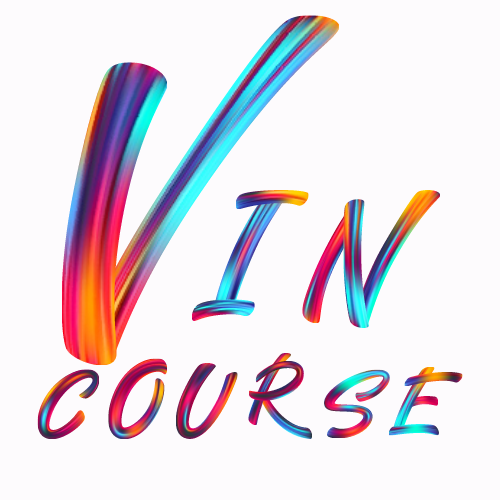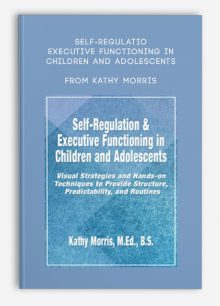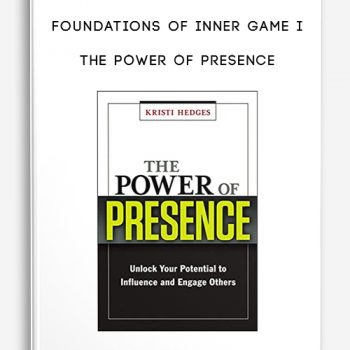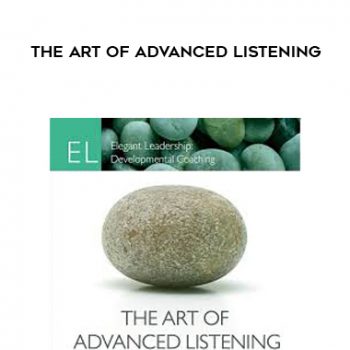 Self-Regulation & Executive Functioning in Children and Adolescents from Kathy Morris
Self-Regulation & Executive Functioning in Children and Adolescents from Kathy Morris
More information about Medical:
Medicine is the science and practice of establishing the diagnosis, prognosis, treatment, and prevention of disease.
Medicine encompasses a variety of health care practices evolved to maintain and restore health by the prevention and treatment of illness.
Contemporary medicine applies biomedical sciences, biomedical research, genetics, and medical technology to diagnose, treat, and prevent injury and disease,
typically through pharmaceuticals or surgery, but also through therapies as diverse as psychotherapy, external splints and traction, medical devices, biologics, and ionizing radiation, amongst others.
Medicine has been around for thousands of years, during most of which it was an art (an area of skill and knowledge) frequently having connections to the religious and
philosophical beliefs of local culture. For example, a medicine man would apply herbs and say prayers for healing, or an ancient philosopher and physician would apply bloodletting according to the theories of humorism.
In recent centuries, since the advent of modern science, most medicine has become a combination of art and science (both basic and applied, under the umbrella of medical science).
While stitching technique for sutures is an art learned through practice, the knowledge of what happens at the cellular and molecular level in the tissues being stitched arises through science.
Outline:
Self-Regulation and Executive Functioning (EF)
- Neuroanatomy of the brain
- Mirror neurons
- Sensory issues vs. behavior issues
- Address communication breakdowns before they become social skills deficits
- Structure, predictability and routines to support self-regulation
- Research-based interventions
VISUAL STRATEGIES AND HANDS-ON TECHNIQUES TO PROVIDE STRUCTURE, PREDICTABILITY AND ROUTINES
Surprise Cards
- Engagement learning: Clock partners
- Eloise: Meltdown video
Social Scripts
- Caleb
- Aaron
- Video Monitoring: Case example
Power Cards
- Levels of talking: Video examples
- Sheldon: High interest area
- Power card example
- Creating power cards collaboratively
- Power cards for different age and developmental levels
Calming Strategies
- Emotional control
- Anxiety management video
- Emotions charts
- Relaxation schedules
- Calm down cards
- Breathe cards: Video
Self-Regulation Techniques
- Social stories formats: Video examples
- Me-Moves: Experiential practice
- T-Charts
Inhibitory Control
- Turtle technique
- Impulse control
- Positive behaviors flip books
- 1st then cards
- Now and next cards
- Key chain rules: Video Example
Description:
Children and adolescents who struggle with self-regulation often look like they aren’t paying attention, lack self-control or have difficulty making transitions.
They tend to act out, get placed in timeout, or sent to the principal’s office—missing important learning and socializing time. Seemingly unaware of the consequences of their behavior these kids push boundaries even when given punitive consequences. We are familiar with the kids; the challenge becomes how to intervene.
In this workshop recording, learn the components of self-regulation that are crucial to understanding sensory, cognitive, behavioral, and psychological breakdowns of children.
You will learn how working memory, inhibitory control, and mental rigidity—components of Executive Functioning (EF) —impede self-regulation and how essential supporting self-regulation development is to improved EF.
The good news—self-regulation and EF skills can be taught!
Drawing on over 45 years of professional experience Kathy Morris, M.Ed., will teach you visual strategies and hands-on techniques that provide children structure, predictability and routines—components essential to supporting self-regulation.
Under Kathy’s expertise, you will learn:
- Communication strategies most effective when children are under stress
- Visual ques to alert of schedule changes, surprises and transitions to alleviate anxiety
- Video modeling scenarios to teach social skills and flexible thinking
- Powerful incentives to teach acceptable behaviors and problem-solving skills
- Visual supports to target desired behavior and provide clear direction
- And more!
Through video case studies, visual demonstrations of strategies and dynamic discussions, you will learn how to implement these strategies tomorrow morning at school, during therapy or counseling, home and community.













tristian –
This is Digital Download service, the course is available at Coursecui.com and Email download delivery.